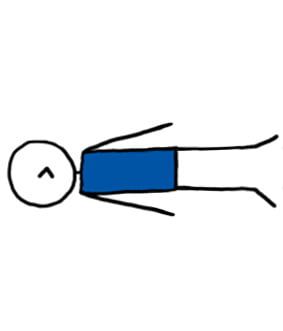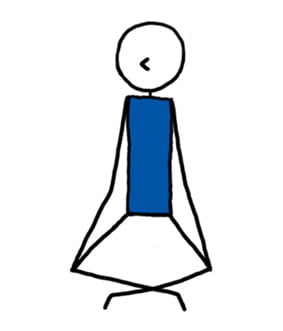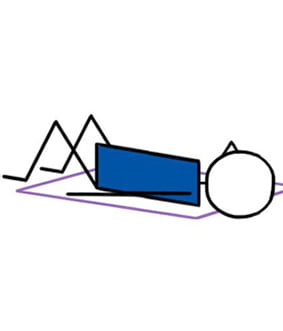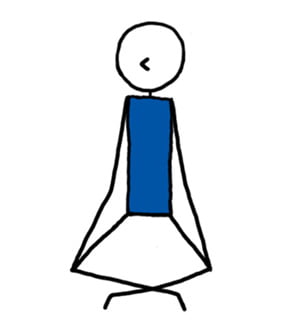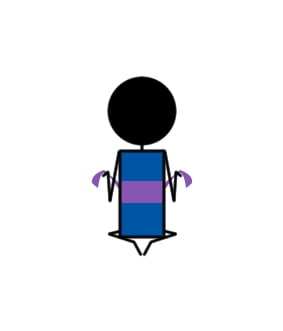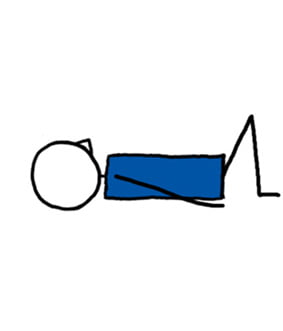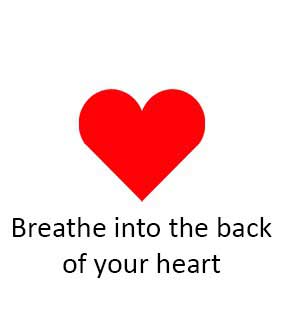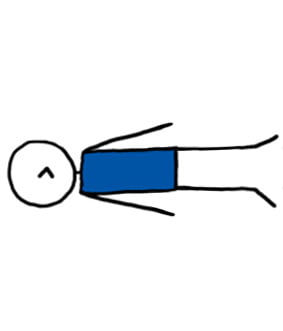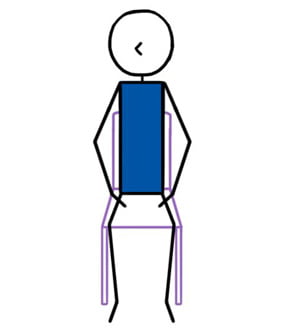
| Category: | Pilates Lesson Planner |
|---|---|
| Sub Category: | Chair Pilates |
| Types: | Restorative, Seated, Seated & Floor |
| Chakras: | Crown Centre, Heart Centre, Throat Centre |
| Therapy: | Anxiety, Eye fatigue, Fatigue, Stress |
Sit on the front of the chair. Feet firmly grounded. Place both hands on the belly. Feel hands rising on inhale. Imagine the belly is a balloon that inflates on the inhale.
Calming.
Click here for lots of FREE downloadable Yoga lesson plans.
Click here for lots of FREE downloadable Pilates lesson plans.
- 15 Minute Mat Challenge: Shoulder Series
- 15 Minute Mat Challenge: Gentle Pilates
- Chair based pilates 1
- Chair based pilates 1
- Fake Chair Pilates Exercises
- Chair Pilates
- Chair Pilates All Possibilities
- Chair Pilates All Possibilities
- Chair based pilates 1
- Swiss Ball: 15 Exercises
- Heart-Chakra - Chest opener
- Chair Pilates
- Chair Exercises
- 44 Swiss Ball: 15 Exercises
- Chair Pilates L1
Chair Breathwork Pilates Matwork FAQs
What are the teaching directions for Chair Breathwork?
Sit on the front of the chair. Feet firmly grounded. Place both hands on the belly. Feel hands rising on inhale. Imagine the belly is a balloon that inflates on the inhale.
What are the benefits of Chair Breathwork?
Calming. Improved sleep.
Can you recommend some other Pilates Matwork breathing exercises?
Yes. I think you’ll like these breathing exercises…
Can you recommend some Pilates Matwork relaxation exercises?
Yes. I think you’ll like these relaxation exercises…
Progressive Muscle Relaxation.
Sleep With Pillows Under Knees.
Sleep With Calves Supported By A Stack Of Pillows.
What is the difference between Pilates and Yoga breathing?
In Yoga, a belly breathing method is used with inhaling and exhaling both through the nose (belly breathing helps oxygenate the blood, lowers blood pressure and promotes relaxation)
Pilates uses a 3-dimensional breathing pattern during the practice. It starts with inhaling through the nose and exhaling through pursed lips method with a gentle contraction of the abdominal muscles. In Pilates, breathing takes an important role, especially in the initial position of the exercise. It can help in enhancing the precision of movement and coordination.




 Yoga Lesson Planner
Yoga Lesson Planner
 Pilates Lesson Planner
Pilates Lesson Planner
